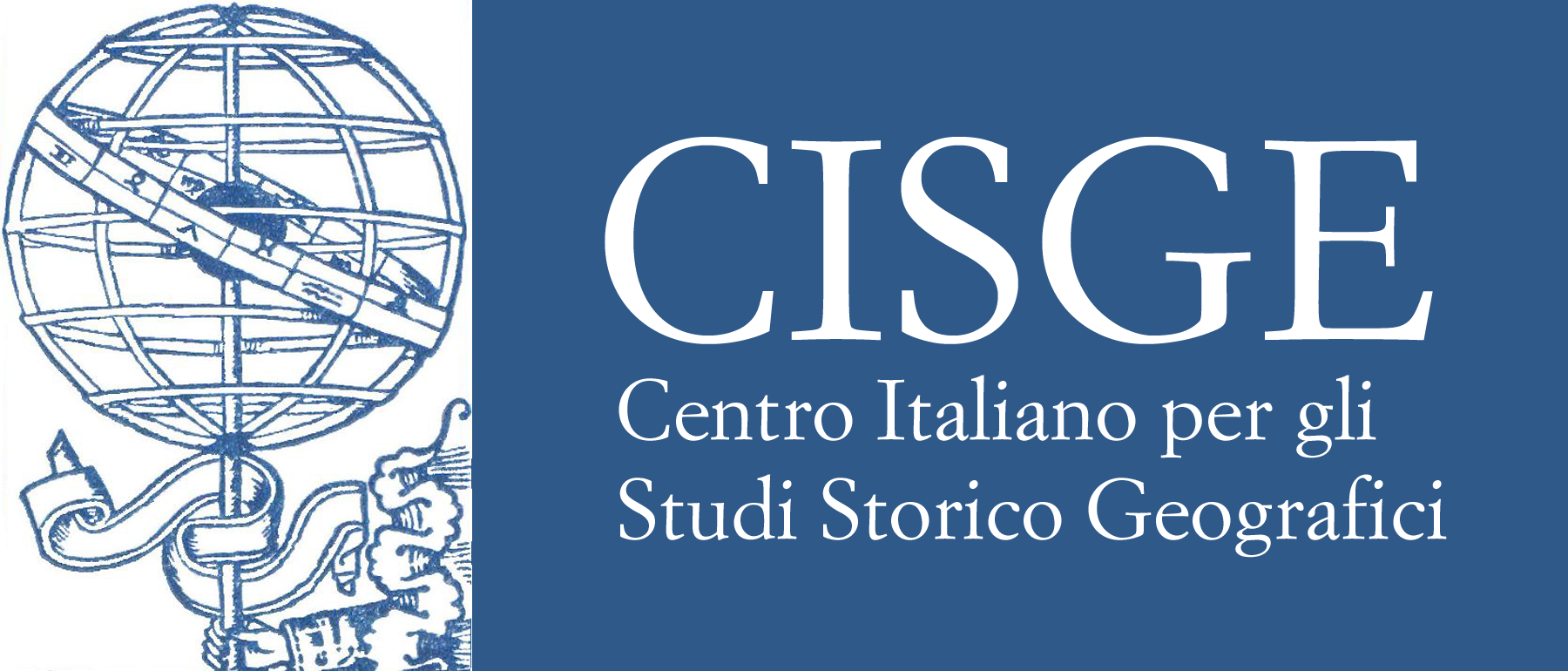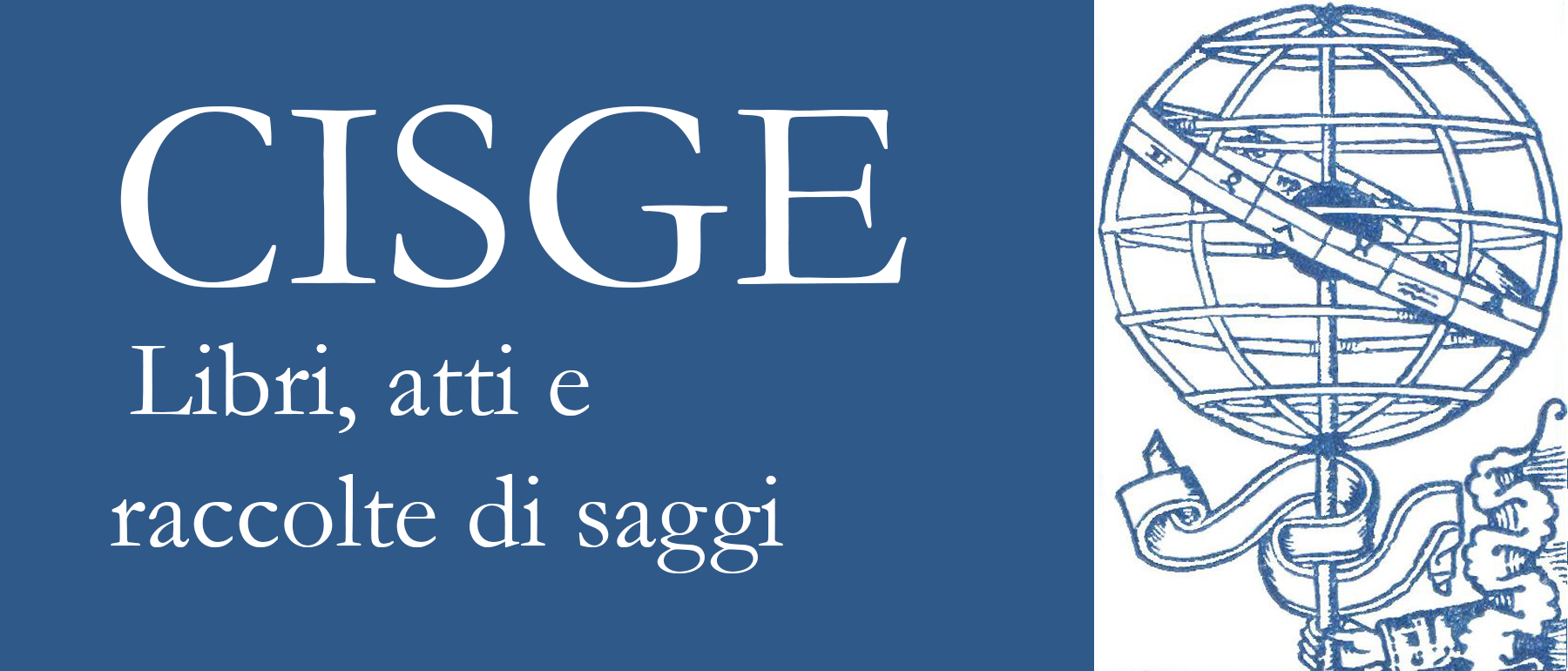Gestione tramite GIS di beni geologici, geomorfologici, glaciologici e naturalistici per la valorizzazione mediante un turismo sostenibile di aree di alta montagna
Abstract
Le aree alpine di alta montagna rappresentano un’importante risorsa ambientale per la loro ricchezza di beni geologici, geomorfologici, glaciologici e naturalistici. Queste zone sono utilizzate sia per attività economiche di tipo tradizionale (sostanzialmente agro-silvo-pastorali) sia da tempi più recenti per attività di tipo ludico. Queste ultime, in particolare escursionismo, alpinismo e sci, non sono distribuite in modo omogeneo nell’intera area alpina, ma si concentrano in siti dove particolari elementi del paesaggio fisico fungono da fattori polarizzanti, oppure dove impianti di risalita e infrastrutture ricettive e di comunicazione di vario tipo (alberghi, rifugi, strade, etc..) ne favoriscono la frequentazione. Ne risulta che alcune aree sono oggetto di intensa e continua frequenza mentre altre sono scarsamente o per nulla visitate e conosciute. Lo scopo del presente contributo, che si inserisce in un piano di ricerca più ampio anche in preparazione del 2002: Anno Internazionale delle Montagne, è quello di proporre metodologie di conoscenza e valorizzazione delle aree meno note e meno conosciute al turista estivo. Ciò viene realizzato tramite l’utilizzo di GIS che non solo suggeriscono itinerari tematici e didattici per la visita dei beni ambientali in esse presenti, ma anche permettono al turista di costruirsi un itinerario personalizzato basato sui suoi interessi di partenza, accedendo al database. Si è scelta come area campione l’Alta Val Viola Bormina (Alta Valtellina, Alpi lombarde, Italia) che rappresenta un caso emblematico di turismo concentrato e localizzato; infatti il settore nord-occidentale della Valle, che presenta
una comoda via di accesso (carrareccia transitabile da fuoristrada) e due punti ristoro rinomati, è intensamente frequentato da un turismo spesso di massa poco preparato al riconoscimento dei beni ambientali in esso presenti, mentre la zona sud-orientale, senza le facilitazioni di accesso che caratterizzano l’altro settore e senza rifugi e ristori d’appoggio, è quasi per nulla conosciuta e visitata. In quest’area si concentrano invece gli apparati glaciali dell’intera valle, la fauna è presente in abbondanza vista la scarsa frequentazione antropica e la flora presenta esemplari di specie protette altrove assenti. Si è così focalizzata l’attenzione su questo settore vallivo per individuare i beni in esso presenti, con l’ausilio di strumentazione GPS, in modo da poterne poi allestire un database georeferenziato, indispensabile per
l’inserimento dei dati in GIS. I dati sui beni naturali e ambientali, raccolti durante apposite campagne di rilevamento, sono stati organizzati in modo da produrre una cartografia tematica (geologica, glaciologica, geomorfologica, vegetazionale e faunistica). Al turista vengono così proposti itinerari monotematici per la fruizione dell’alta valle (con particolare attenzione alle aree proglaciali oggetto di intense modificazioni recenti), che possono essere affrontati singolarmente o in sovrapposizione di più piani di lettura (ad esempio percorso geologico-geomorfologico). I dati censiti ed inseriti nel GIS permettono infatti una scelta interattiva del percorso da seguire o del bene da riconoscere e visitare. Il lavoro finora eseguito rappresenta una proposta per la divulgazione di un turismo attento e consapevole dell’alta
montagna alpina. Ai livelli di lettura qui proposti si potrebbero associare in altre aree layers e tematismi relativi ai beni storici e archeologici eventualmente presenti. Si pensi ai sentieri della guerra già proposti per alcune zone (Corbellini, 1999) ed associabili ai tematismi di tipo naturalistico. In questo modo grazie all’ausilio del GIS si possono far conoscere e valorizzare i beni presenti nelle aree alpine d’alta quota meno note e frequentate, beni non solo ambientali ma anche storico-culturali. Inoltre la possibilità di disporre dei diversi layers permetterebbe al turista di scegliere il percorso che più corrisponde ai sui gusti ed alle sue esigenze, senza precludere per il futuro una rilettura di un’area già visitata in un’ottica diversa. Alla frequentazione ed alla valorizzazione di aree montane al di fuori dei circuiti turistici più frequentati, si assocerebbero quindi anche la formazione di un turista consapevole e la pratica di un turismo sostenibile.
High-mountain Alpine areas represent an important environmental resource owing to the wealth of geological, geomorphological, glaciological and naturalistic assets they possess. These areas are utilized for traditional economic activities (basically agricultural, silvicultural and pasture farming) and in more recent times, for activities of a recreational type. The latter, and particularly hiking, mountain climbing and skiing, are not homogeneously distributed over the entire Alpine area, but concentrated in precise sites. These sites offer particular elements of the physical landscape that function as the attractions, or ski-lifts and infrastructures with accommodations and communication facilities of various types (hotels, refuge huts, roads, etc.), which draw an influx of visitors. The result is that some areas witness an intensive and constant influx, while others are visited by few or not at all and remain unknown. The purpose of this report, which is part of a broader research plan serving also for the preparation of 2002: International Year of Mountains, is to propose methodologies for the understanding and valorization of the areas that are not as renowned or known to summer tourists.This is possible throug the use of GIS, which not only suggests thematic and educational itineraries to visit the environmental assets found there, but also allows tourists to set up their own personalized itinerary based on their own specific interests, through access to the database. Alta Val Viola Bormina (Alta Valtellina, Lombardy Alps, Italy) was chosen as the study area. It represents an emblematic case of concentrated, localized tourism. In fact, the northwestern sector of the valley, which has a convenient access route (a cart-track that can be traveled by land rovers) with two very famous refreshment stops, sees an intensive influx of tourists, often masses of tourists who have no background permitting them to recognize the environmental assets present there. Then there is the southeastern area, which does not have the routes facilitating access that characterize the other sector, nor refuge huts or refreshment stops, and it is almost entirely unknown to tourists. However, this area offers the concentration of all the glaciers found in the entire valley, an abundance of fauna given the almost total absence of humans and the flora presents specimens of protected species that are not found elsewhere. Thus, attention was focused on this valley sector to identify the assets present there with the aid of GPS instruments with the aim of setting up a
georeferenced database, which is essential for entering data in GIS. The data on the natural and environmental assets collected during specific field surveys, were organized in order to produce thematic maps (on the area’s geology, glaciology, geomorphology, vegetation and fauna). Single-topic itineraries are thus proposed to tourists for ecotourism in the upper valley (with a particular focus on the proglacial areas subject to intensive changes recently). The itineraries can be used individually or with an overlapping of various thematic levels (for example, a geological-geomorphological route). In fact, the data inventoried and entered in the GIS offer the possibility of an interactive selection of the route to follow or the asset to identify and visit. The work carried out up to now represents a proposal for the
promotion of a type of tourism that respects and understands the high-altitude mountain areas of the Alps. Additional spheres of interest and themes regarding historical and archeological assets that may be present could be combined with the levels of interpretation proposed here. One may note for example the wartime pack trails already proposed for several areas (Corbellini, 1999) and that could be combined with the themes of a naturalistic type. In this manner and thanks to the aid of GIS, assets present in the lesser-known high-altitude Alpine areas can be presented to the public and valorized - not only environmental assets, but also historical-cultural assets. Moreover, the availability of various overlapping themes would allow tourists to choose the route that best matches their tastes and needs, without excluding another visit in the future to an area already toured, but from a different viewpoint. Therefore, tourism in and the valorization of mountain areas outside the usual tourist circuits, would also be combined with the development of tourists who are aware and sustainable tourism put into practice.



